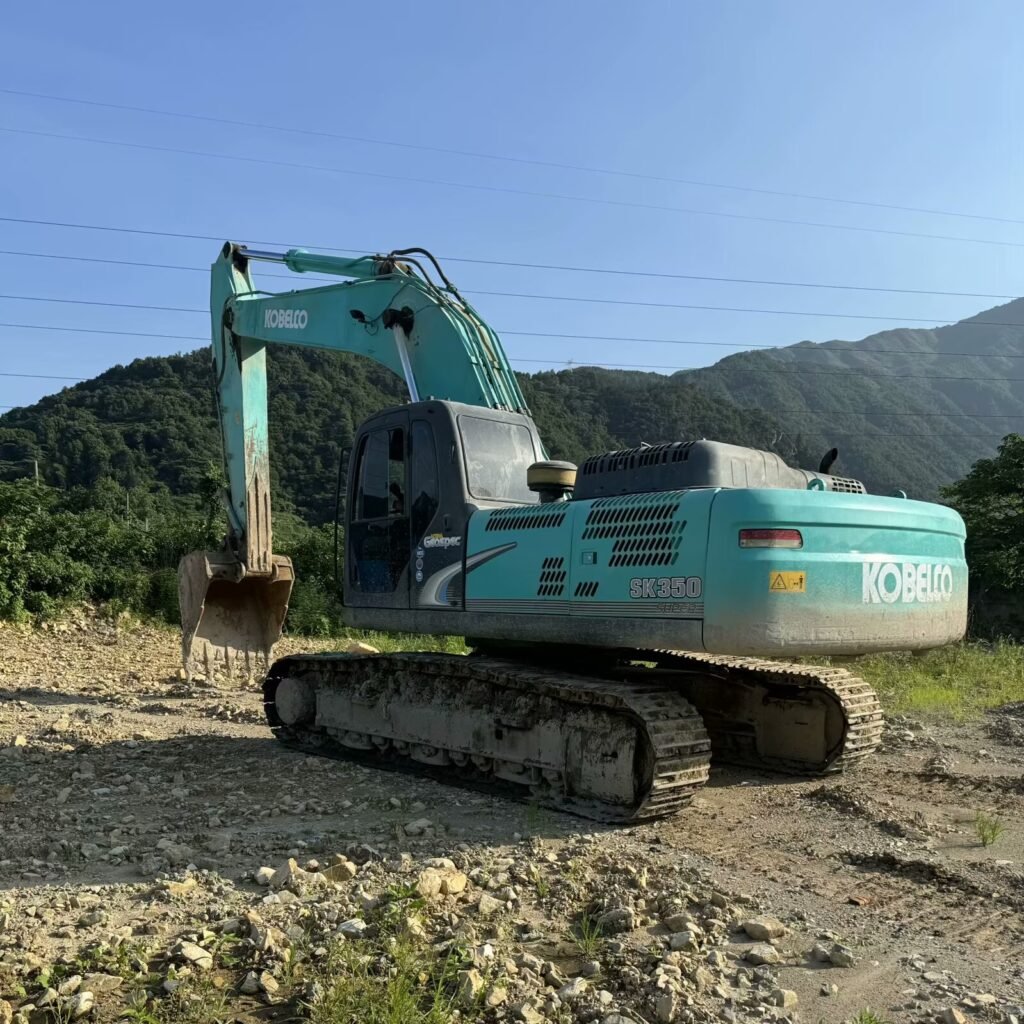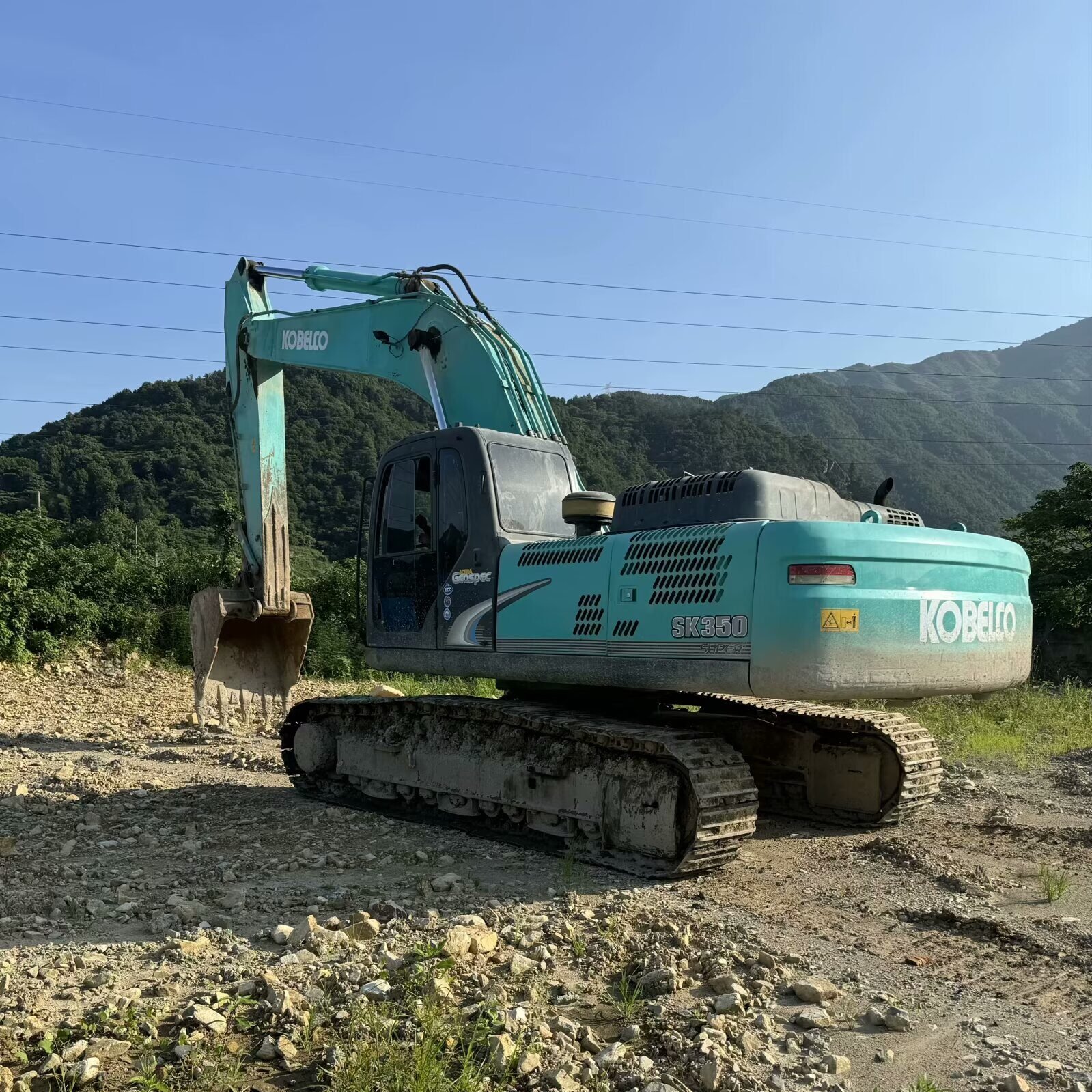I. Introduction
- Background: In the context of globalization, international trade has become increasingly frequent, with many companies opting to export heavy machinery to overseas markets via marine transport. Algiers, as an important economic center in North Africa, has a growing demand for heavy machinery, attracting a significant number of Chinese enterprises to invest.
- Purpose and Significance: This guide aims to provide comprehensive marine insurance information for transporting the Kobelco SK200-8 excavator from Tianjin Port to Algiers, helping businesses identify potential risks, select appropriate insurance options, mitigate unexpected losses, and protect their investments.
II. Overview of Marine Transport
1. Importance of Marine Transport
- Primary Mode of International Trade: Marine transport is the most commonly used mode of transportation in global trade, especially suitable for the shipment of bulk goods and heavy equipment. This section analyzes the advantages of marine transport in reducing logistics costs and improving transport efficiency.
- Cost Efficiency: Compared to air and land transport, marine transport typically has a lower unit cost, making it particularly economical for transporting large quantities of goods.
2. Connection Between Tianjin Port and Algiers Port
- Port Overview: Introduce Tianjin Port as a major port in northern China, discussing its cargo throughput and transport capacity, alongside Algiers Port’s role and function in North Africa.
- Route Selection: Analyze the main shipping routes from Tianjin Port to Algiers, including estimated travel times, distances, and potential transshipment ports.

III. Preparation for Transporting the Kobelco SK200-8 Excavator
1. Equipment Inspection and Maintenance
- Equipment Condition Assessment: Ensure that the excavator undergoes a thorough inspection before transport, confirming the proper functioning of mechanical components, hydraulic systems, and electrical systems, and performing any necessary maintenance.
- Disassembly and Packaging: Discuss how to safely disassemble the removable parts of the excavator and choose appropriate packaging materials to prevent damage during transport.
2. Preparation of Transport Documents
- Necessary Documents: List the essential documents required during the transport process, such as commercial invoices, packing lists, import permits, and customs documentation, to ensure smooth customs clearance.
- Insurance Contract: Emphasize the importance of the insurance contract, ensuring that the policy covers all transport risks and confirming specific details with the insurance company.
IV. Types of Marine Insurance
1. Marine Cargo Insurance
- Insurance Coverage: Analyze the basic coverage of marine cargo insurance, primarily including risks such as natural disasters, collisions, theft, and fire, as well as the insurer’s responsibilities in these scenarios.
- Insurance Terms: Discuss common exclusions in insurance terms, such as losses resulting from the carrier’s intentional actions or defects in the cargo itself not being covered.
2. Additional Insurance Options
- Extended Insurance: Introduce optional extended insurance, such as war risk, strike risk, and delay insurance, providing businesses with more coverage according to specific needs.
- Setting Insurance Amounts: Guide enterprises on how to reasonably set the insurance amount to ensure it covers the market value of the excavator and transportation costs, maximizing investment protection.

V. Claims Process
1. Conditions and Requirements for Claims
- Timing of Claims: Analyze the reasons and conditions for timely claims when losses occur, preventing delays that could affect the outcome of claims.
- Necessary Materials: List the materials required for claims, such as loss certificates, transport documents, insurance contracts, and related photos, to ensure the completeness of claim materials.
2. Claims Procedure
- Claims Steps: Detail the specific steps involved in the claims process, including promptly notifying the insurance company, filling out the claim application form, providing necessary documents, and following up on the claim’s progress.
- Considerations: Emphasize important points to note during the claims process, such as maintaining communication with the insurance company and documenting each step of the claims process to enhance the likelihood of a successful claim.
VI. Conclusion and Recommendations
- Key Findings: Summarize the importance of marine insurance in the transport of heavy equipment and the key factors in selecting suitable insurance options, including coverage, amount, and claims processes.
- Practical Recommendations: Provide practical operational advice for businesses to effectively mitigate risks and secure asset protection during the transportation of the Kobelco SK200-8 excavator from Tianjin Port to Algiers, ensuring the smooth completion of transactions.



